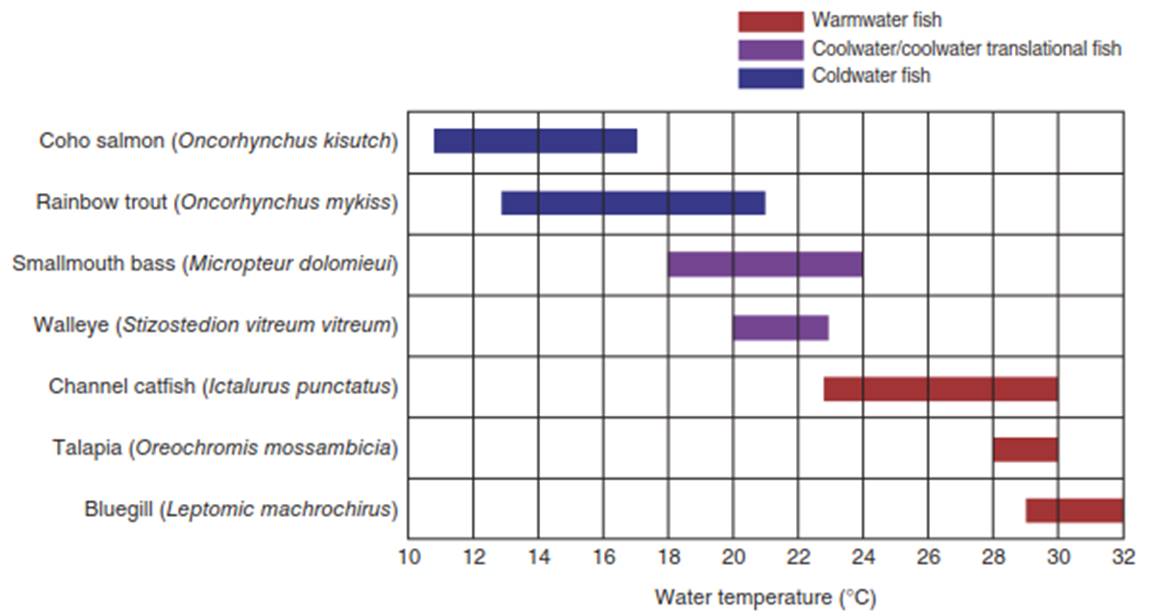The Impact of Water Quality and Temperature on Fish Health and Growth
The health and subsequent growth of fish are fundamentally dependent on the quality of their aquatic environment. A wide range of biological, chemical, and physical factors directly influence fish physiology and productivity. Biological factors include the specific species being reared, the size and maturity of the fish, and the presence of other organisms, such as oxygen-consuming aerobic microorganisms. Key physical factors encompass water temperature, flow rate, electrical conductivity, and the concentration of suspended solids. Chemically, parameters like water pH, alkalinity, hardness, and the concentrations of dissolved metals and nutrients are critically important for maintaining a healthy system.
It is essential to understand that these factors do not act in isolation; their effects on fish growth and production are highly interrelated. A holistic, systems-based approach is necessary, as treating each parameter as an independent variable can lead to inaccurate assessments. For instance, water temperature is a primary physical factor that directly governs the saturation level of dissolved oxygen in water. Simultaneously, temperature mediates the metabolic rate of microbes, which can significantly increase the biological oxygen demand of the water. Failure to integrate these biochemical impacts can result in a severe underestimation of the oxygen requirements in a fish production system.
While water quality is paramount, other external factors also significantly impact aquaculture success. Water abundance itself can be a major rate-limiting factor, an issue growing in importance due to global water scarcity and evolving water use policies. Furthermore, point and non-point sources of pollution, such as acid mine drainage and combined sewer overflows, introduce unpredictable risks. Emerging challenges including invasive species, the rise of antibiotic-resistant bacteria, and the impacts of pharmaceutical and personal care products in waterways further complicate sustainable fish production.

Table 1. Summary of recommended water quality criteria for salmonid and warm water fish production
The Critical Role of Water Temperature.Water temperature is a master variable, exerting direct control over fish activity, feeding response, growth rates, and reproductive success. As poikilothermic or cold-blooded animals, a fish's internal body temperature closely mirrors that of its surrounding water. Based on their optimal growth ranges, fish are broadly classified as cold water (13-18°C), cool water (18-24°C), or warm water (24-32°C). Each species has a specific survivable range bounded by upper and lower lethal temperatures, within which a narrower optimum temperature band for maximum growth exists, as illustrated in Figure 1.

Figure 1. Optimum temperature ranges for representative freshwater fish (synthesized from [3,5-8]). When water temperature deviates from the optimum temperature range, poor fish feeding response, lethargy, and in some cases mortalities, may be observed. The degree of impact depends largely on the magnitude of the deviation from the optimum water temperature range
When water temperatures deviate from this optimal range, fish experience physiological stress, making them less tolerant to other water quality fluctuations and more susceptible to opportunistic pathogens. This stress manifests as poor feeding response, lethargy, reduced growth, and can lead to mortality, with the severity of impact depending on the magnitude and duration of the temperature deviation. For example, the survivable range for rainbow trout (Oncorhynchus mykiss) is approximately 1 to 26°C, but its optimum growth occurs in a much narrower band of 13-21°C. In stark contrast, warm-water species like tilapia achieve optimum production between 27.8 and 29.4°C. Their reproduction ceases below 20°C, and feeding stops around 17.2°C as thermal stress becomes severe. This highlights the species-specific nature of temperature requirements and the need for precise management in aquaculture.
Date added: 2025-11-17; views: 10;
